I drove the Jaguar I-Pace — and this feature is a game changer
The past few years has seen an explosion of hi-tech features and gadgets in cars, especially the electric ones. Some of them are immediately obvious, like smartphone integration or autonomous driver assistance features. Others are more frivolous, or at least appear to be on the outside.
One such feature is the heads-up display. A growing number of modern cars have the ability to beam information onto the windshield, keeping it in the driver’s field of vision without blocking their view of the road.
My thought was always that a HUD is a cool feature to have, but ultimately unnecessary. After all, almost all cars display the same information on the gauge cluster behind the steering wheel. But after driving the Jaguar I-Pace, and experiencing its built-in HUD for myself, I’m not ashamed to admit that I was totally wrong.
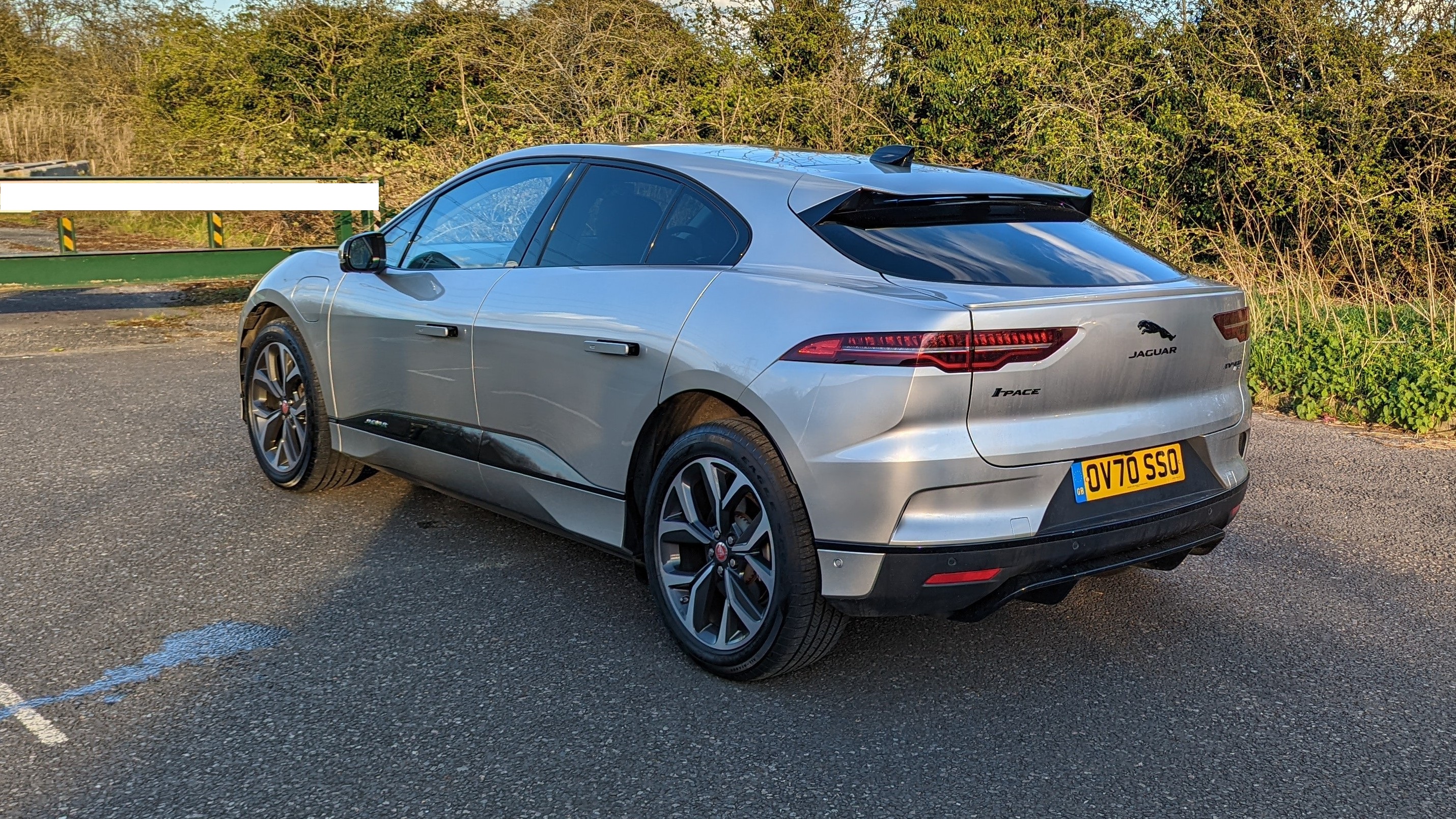
How the Jaguar I-Pace’s HUD works
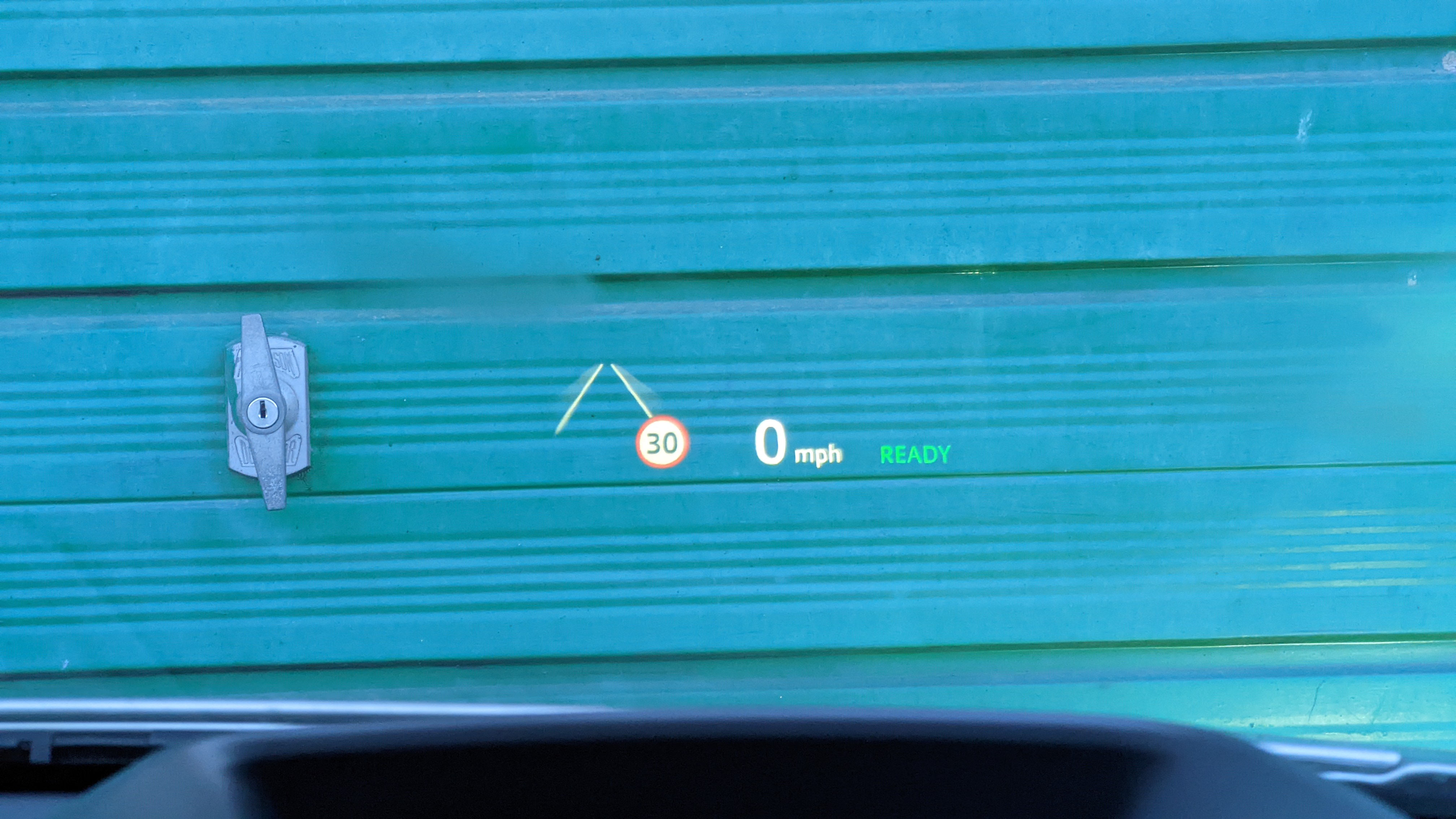
The I-Pace’s heads-up display is built into the dashboard right behind the steering wheel. Deep inside the dash is a small display, capable of showing various bits of information.
What you see as a driver is a reflection of that screen, sitting just above the steering wheel and within the driver’s line of sight. Only the driver can see what’s going on, but since the information is completely useless to passengers it doesn’t really matter.
What content is displayed is customizable to a point, but the one detail always on display is the car’s speed. That alone makes it worth having active while you’re driving. Not because the I-Pace’s speedometer is difficult to glance at quickly, and all the important information is available behind the steering wheel. It’s not a Tesla Model 3, after all.
But that’s not all it can do. The Jaguar I-Pace’s HUD also lets you display navigation directions, driver assistance features, traffic sign status, phone connectivity, EV information, gear status and bits of information from your phone.
Not all of it feels useful to me, because why would I need to worry about what gear I’m in when I’m moving? Still, the fact remains that the HUD lets you see that information without taking your eyes off the road for even a second.
Why the Jaguar I-Pace’s HUD is so great
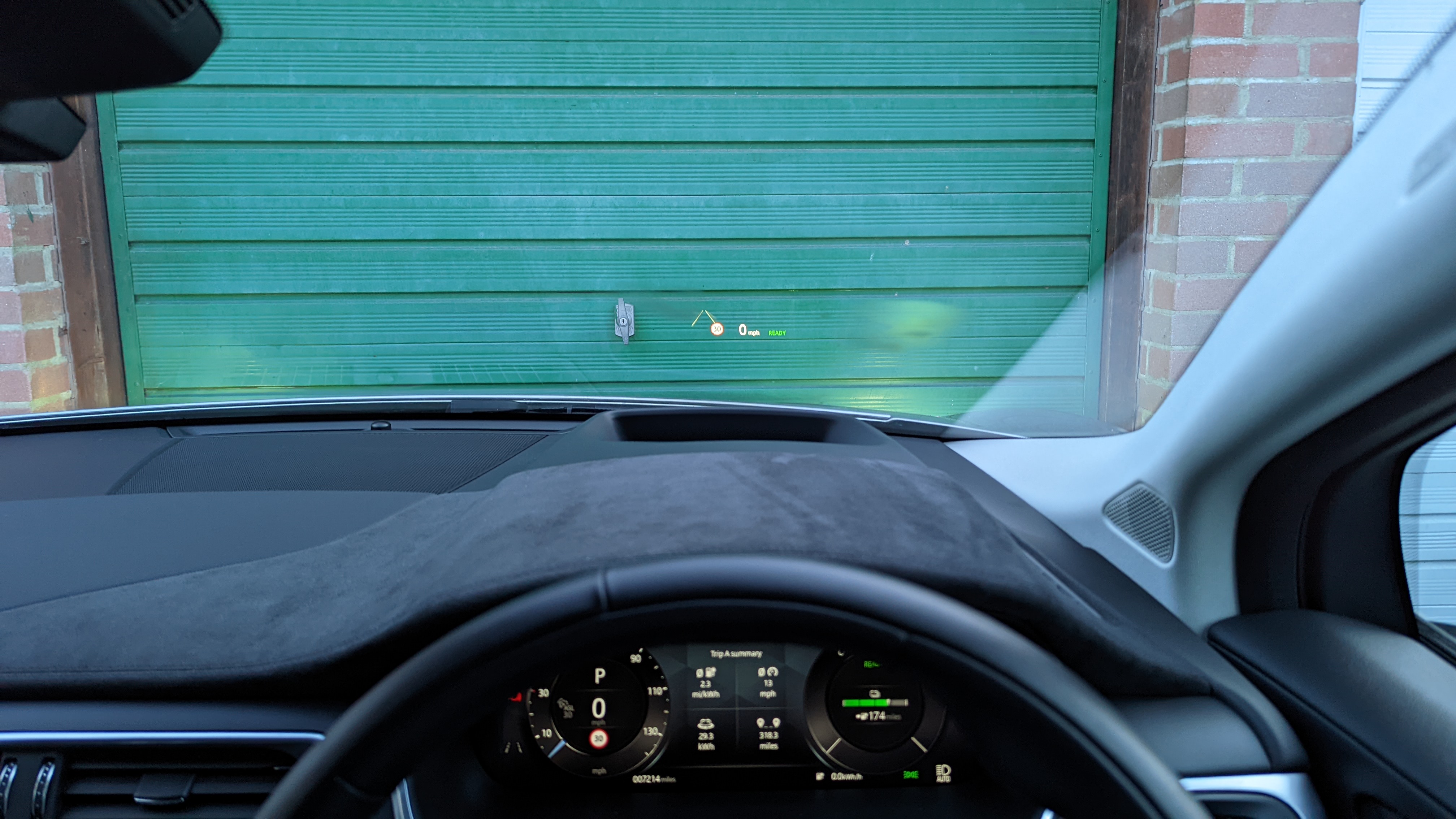
The great thing about having a Heads-up display in the I-Pace is that you have a huge amount of important information within the driver’s line of sight. That way you don’t need to take your eyes off the road to keep tabs on what the car is doing.
Driving speed was of particular use to me, since I tend to have trouble gauging speed when I’m driving an electric car. It may be because there’s no engine noise, offering subliminal cues about how much work the car is doing, so I tend to find myself driving too fast or too slow — but never the correct speed limit.
Having that information on the windshield, and within my line of sight, made it significantly easier to control my speed. Not only do I not have to take my eyes off the road, if I’d positioned the HUD a little higher it would be directly in front of my eyes. All I’d need to do is refocus a little bit, and not have to risk moving my eyes off the road ahead.
The fact the HUD is built into the car, rather than included as an optional dashboard accessory, means there’s no additional equipment that could potentially block my view of the road ahead.
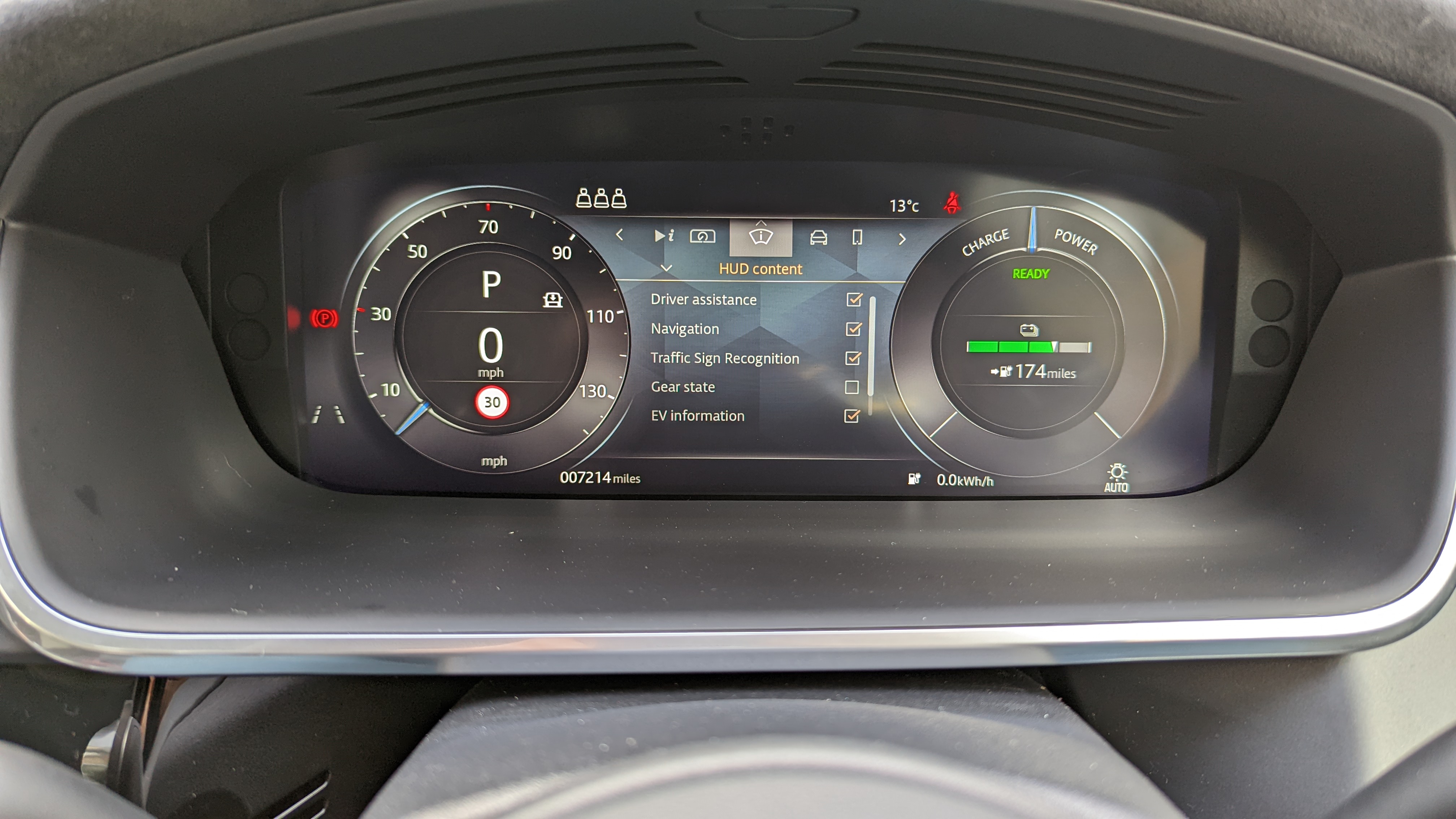
Driver assistance has been especially useful too. While the I-Pace I’m driving doesn’t have an auto-steering function, it does have emergency Lane Keep Assist that stops you from drifting into another lane absent-mindedly. Because the car can detect whether you’re in your lane or not, it’s able to showcase that to the driver.
The graphic turns green if you’re in the lane, white if it can’t detect a lane marking, and red if it looks like you’re about to leave the lane without indicating. Normally I drive a Nissan Leaf, and while fairly large for a hatchback it’s still 3.5 feet narrower than the I-Pace.
Given the small size of British roads, I can easily get anxious about whether I’m centered in my lane. Thankfully the car’s Lane Keep Assist graphics can be displayed on the HUD, meaning I can see where I am at a glance. No more religiously checking my mirrors to make sure I don’t accidentally scrape the car coming up beside me.
That makes me sound like a terrible driver — while that situation hasn’t happened once in my 15 years on the road, the combination of a HUD and Lane Keep Assist means I have some peace of mind.
The one thing I don’t like, however, is the fact the HUD can only display navigation from Jaguar’s own built-in navigation system. If you want to use navigation from your phone, through Android Auto or Apple CarPlay, you’ll only be able to see those directions on the central infotainment screen.
There are presumably some technological barriers to getting navigation from your phone screen onto the I-Pace’s HUD, but it’s still a pain.
What other cars have built-in HUDs?
Heads-up displays are not particularly common right now, but there are a number of high-profile cars that offer this particular piece of kit — the Jaguar I-Pace among them. A HUD can be found in cars already on the road, like the Hyundai IONiQ 5, Audi e-Tron, Kia EV-6, and the VW ID.4.
Upcoming cars like the Cadillac Lyriq and Genesis GV60 will also be getting HUDs of their own. In the Lyriq’s case the display is set to be more than just a projection of basic car information. Instead, Cadillac is going to offer multiple high-profile features, including a navigation path on the road ahead.
If you have an older car, there are a number of third-party HUDs you can install yourself. While they won’t be as seamless as one built into the car, they’ll still provide you with similar data. We’ve tested a number of models, and like the Hudway Drive the best.
Bottom line
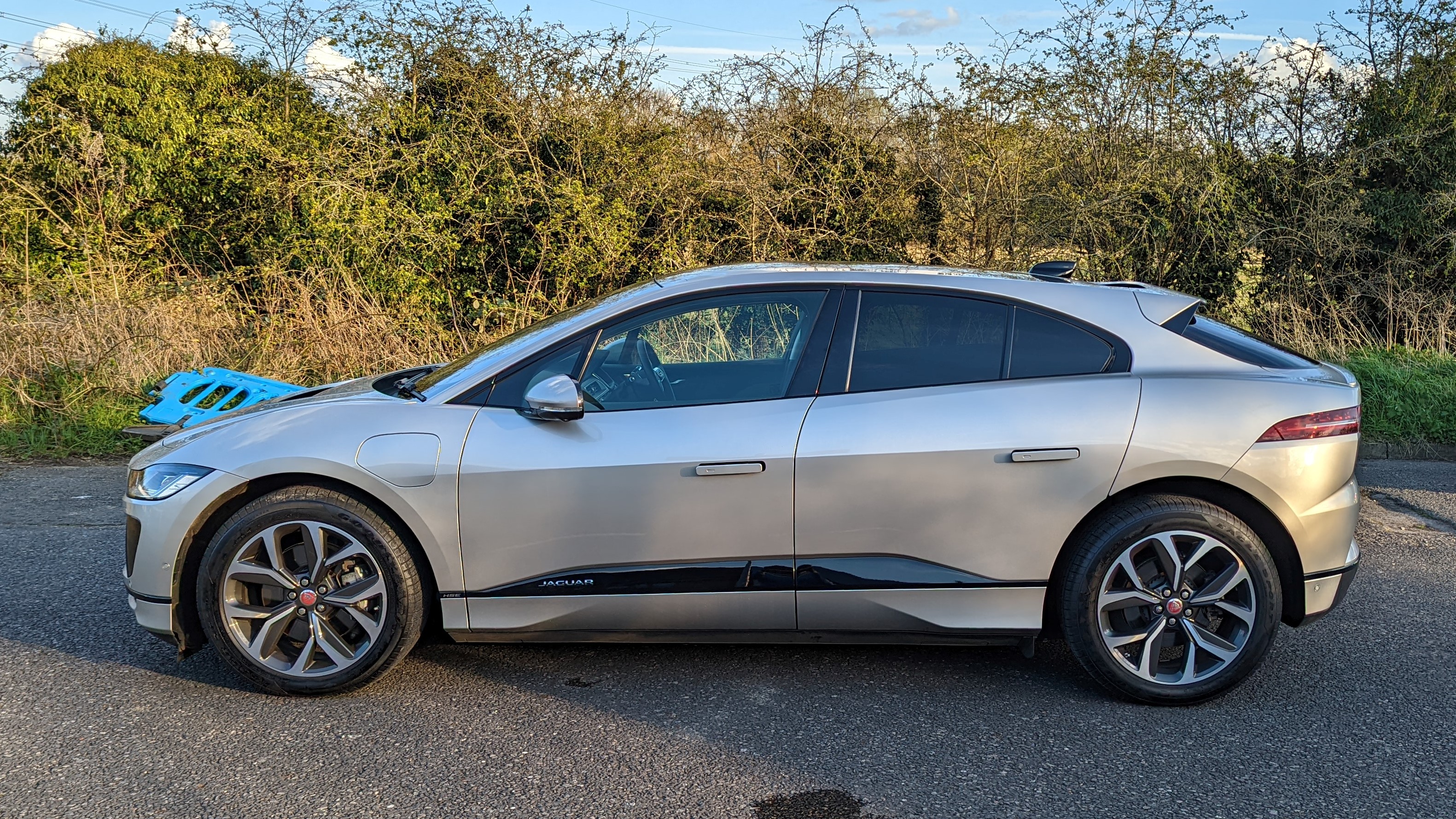
When you’re spending $70,000 or more on a car, it’s fair to say you expect to get your money’s worth. These days, fit and finish aren’t enough; at the very least you’d expect there to be a range of high-end features to justify such a high price tag.
The Jaguar I-Pace is on a par with a lot of other cars in the premium segment. It offers 222 miles of EPA range in its base model, a 0-60 time of 4.5 seconds, wireless Android Auto and Apple CarPlay, as well as various tiers of driver assistance. None of that is particularly unique, but their absence would be notable.
Heads-up displays, by comparison, are not the kind of thing you see automakers making a big deal out of. In fact I’d completely forgotten the I-Pace even had one before I sat behind the wheel.
And yet, something so forgettable had the biggest impact on me. The I-Pace’s HUD was so immediately useful that I already feel I’m going to struggle to readjust to a normal speedometer once I’m back driving my own car. Unfortunately I don’t have $70k to spend on an I-Pace of my own, so I may just have to find an aftermarket HUD that works with an electric car. Unfortunately a lot of them don’t seem to.
Let’s just hope heads-up displays end up a more common feature in cars going forward.
For all the latest Technology News Click Here
For the latest news and updates, follow us on Google News.
